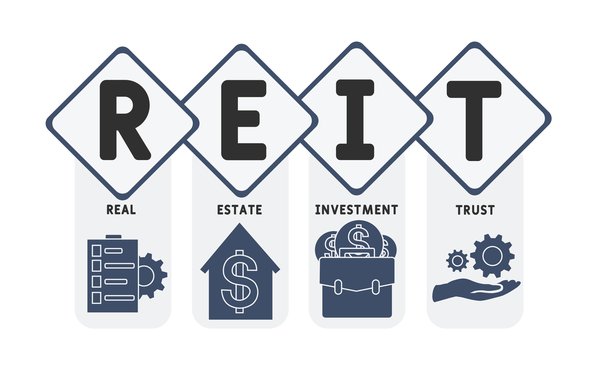A hybrid REIT is a real estate investment trust that is effectively a combination of equity REITs, which own properties, and mortgage REITs, which invest in mortgage loans or mortgage-backed securities. By diversifying across both types of investments, hybrid REITs intend to get the benefits of both with less risk than if it’s invested in one or the other.

What is a hybrid REIT?
As we mentioned, hybrid REITs own properties and mortgage loans. REITs that only own properties are referred to as equity REITs, while those that only own mortgage loans are called mortgage REITs. Hybrid REITs are a combination of the two. In practice, most hybrid REITs are weighted more heavily to one type of investment or the other, as we'll see later in the example.
Properties and mortgages as investments
Equity REITs are generally the safer option of the two. Although the level of safety and predictability can vary widely, these companies generally invest in properties and lease them to high-quality tenants in order to generate a respectable and growing income stream. And, since real estate values tend to increase over time, the intrinsic value of these companies can increase as well. The combination of property appreciation and dividends can produce impressive total returns with relatively low risk.
Notice that we say low risk, not no risk. It's entirely possible for property values to drop, for vacancies to increase, or for interest rates to spike and make borrowing money more expensive. Any of these could cause equity REIT share prices to drop. However, these REITs typically have relatively low volatility and consistent income.
On the other hand, mortgage REITs use lots of leverage in order to generate high dividends for shareholders. While their business model is a bit complicated to explain in a paragraph or two, the general idea is simple.
The primary way mortgage REITs generate income is by borrowing money at low short-term rates and investing in longer-dated mortgages that pay higher interest rates. For instance, in a REIT can borrow money for short time periods at 1% interest and can buy 15-year mortgages that pay 3% interest, the 2% difference, or "spread," is the profit. In order to generate double-digit yields, these companies use leverage ratios of 5-to-1 or more.
The main risk to mortgage REITs is interest rate fluctuations. Since these REITs borrow at short-term rates, an interest rate spike can erode profits quickly. In the example discussed in the last paragraph, if short-term rates spike from 1% to 2%, the company's profit margin gets cut in half.
More real estate topics
An example of a hybrid REIT
One good example of a hybrid REIT is W.P. Carey Inc. (WPC 0.27%). W.P. Carey's primary business is owning properties -- its portfolio of 866 properties generated 91% of its AFFO (or adjusted funds from operations) during the past year. However, the company has an investment management division that, among other things, provides capital to other builders and property owners.



































